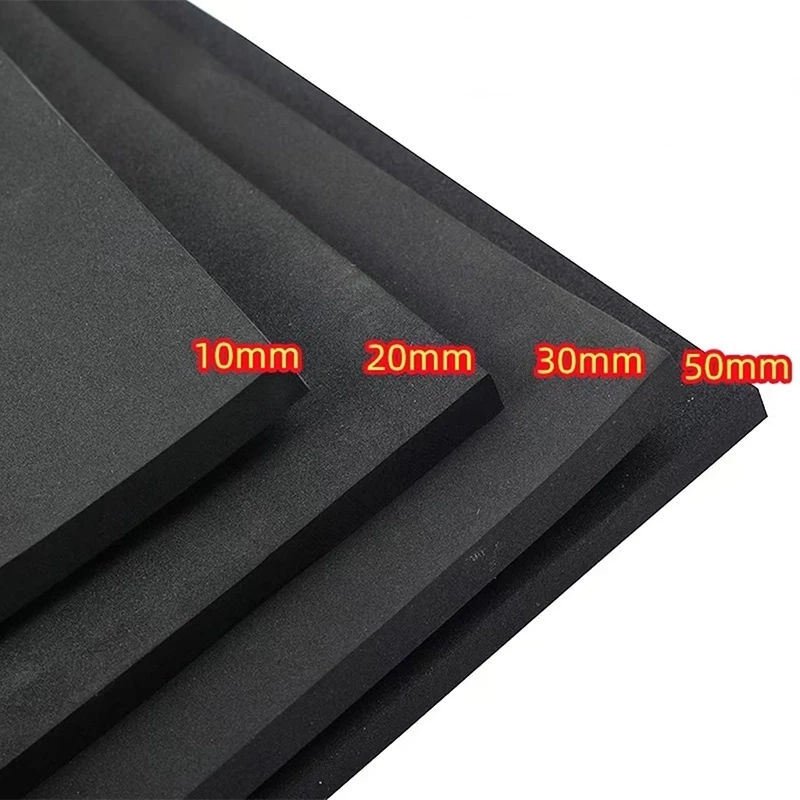Production of Burlap Bags and Sacks in a Modern Manufacturing Facility
The Rise of Gunny Sacks Factories A Sustainable Solution for Packaging Needs
In the age of environmental consciousness and the urgent need for sustainable packaging solutions, gunny sacks, also known as burlap sacks, have re-emerged as a popular choice for a variety of industries. Gunny sacks factories are at the forefront of this resurgence, producing an eco-friendly packaging option that is both functional and aesthetically pleasing. This article explores the significance of gunny sack manufacturing, the benefits of these sacks, and the future of this industry.
Understanding Gunny Sacks
Gunny sacks are traditionally made from jute, a plant fiber that is biodegradable and renewable. The term gunny originates from the Hindi word ganni, which refers to the burlap fabric made from jute. These sacks are known for their durability, breathability, and versatility, making them ideal for packaging agricultural products, grains, and various industrial goods. Their natural appearance also lends an appealing rustic charm, making them a popular choice for decorative purposes in home and event decor.
The Production Process
Gunny sacks factories employ a detailed manufacturing process that begins with the harvesting of jute plants, primarily found in regions like India and Bangladesh. After the fibers are extracted, they undergo several processing stages, including soaking, stripping, and spinning, to prepare them for weaving. Modern factories utilize sophisticated weaving machines to produce high-quality burlap fabric, which is then cut and sewn into sacks of various sizes and specifications.
Quality control is crucial in the production process to ensure that the sacks meet the necessary strength and durability requirements. Factories often incorporate stringent testing measures to uphold standards, as the sacks are required to carry heavy loads and withstand various environmental conditions. The result is a sturdy product that is favored by businesses across various sectors.
Environmental Benefits
One of the most compelling advantages of gunny sacks is their environmental impact. As consumers and industries alike shift towards more sustainable practices, the demand for eco-friendly packaging solutions has increased significantly. Gunny sacks are biodegradable and compostable, meaning they can break down naturally without leaving harmful residues. This stands in stark contrast to plastic packaging, which contributes to pollution and environmental degradation.
gunny sacks factory

Additionally, the use of jute requires far fewer chemical fertilizers and pesticides compared to other crops. Jute plants also absorb carbon dioxide more efficiently, making gunny sack production a carbon-negative process. As the world grapples with the pressing issue of climate change, the gunny sack industry presents an opportunity to promote sustainable agricultural practices and reduce the carbon footprint associated with packaging.
Market Demand and Applications
The demand for gunny sacks is on the rise across various sectors, including agriculture, food, textiles, and construction. Farmers prefer gunny sacks for storing and transporting grains, as they allow for air circulation, preventing moisture buildup and spoilage. In the textile industry, gunny sacks are often used for transporting raw materials, while in construction, they serve as bags for sand and other aggregates.
Moreover, the decorative potential of gunny sacks has led to their inclusion in the home decor market. From rustic wedding decorations to eco-friendly shopping bags, the versatility of gunny sacks is being increasingly recognized. As consumers become more eco-conscious, businesses are leveraging this trend to create unique products that cater to a sustainable lifestyle.
Challenges and the Future
While the future of gunny sack factories appears promising, several challenges remain. The competition from synthetic bags and the volatility of raw jute prices can impact the industry. Furthermore, the need for innovation in design and functionality is crucial to keep pace with consumer preferences.
Moving forward, embracing technological advancements in weaving and manufacturing processes can enhance production efficiency and quality. Additionally, collaborating with environmental organizations to promote the benefits of jute can help elevate consumer awareness and demand.
Conclusion
Gunny sack factories represent a sustainable and innovative solution in the packaging industry. As environmental concerns take center stage, these factories play a critical role in producing eco-friendly alternatives to conventional packaging materials. With their multiple applications, distinctive aesthetic appeal, and positive environmental impact, gunny sacks are not just a relic of the past but a significant part of a sustainable future. The ongoing efforts to enhance production practices and broaden market applications will ensure that gunny sacks continue to thrive in an increasingly eco-conscious world.
Share
-
The Best Lubricants for Aluminum Roller GuidesNewsJul.23,2025
-
Slitting Machine Applications in the Packaging IndustryNewsJul.23,2025
-
Rolling Roller Balancing Techniques for Smooth OperationNewsJul.23,2025
-
How To Optimize An EV Battery Assembly LineNewsJul.23,2025
-
Energy Efficiency in Modern Battery Formation EquipmentNewsJul.23,2025
-
Automation Trends in Pouch Cell Assembly EquipmentNewsJul.23,2025







